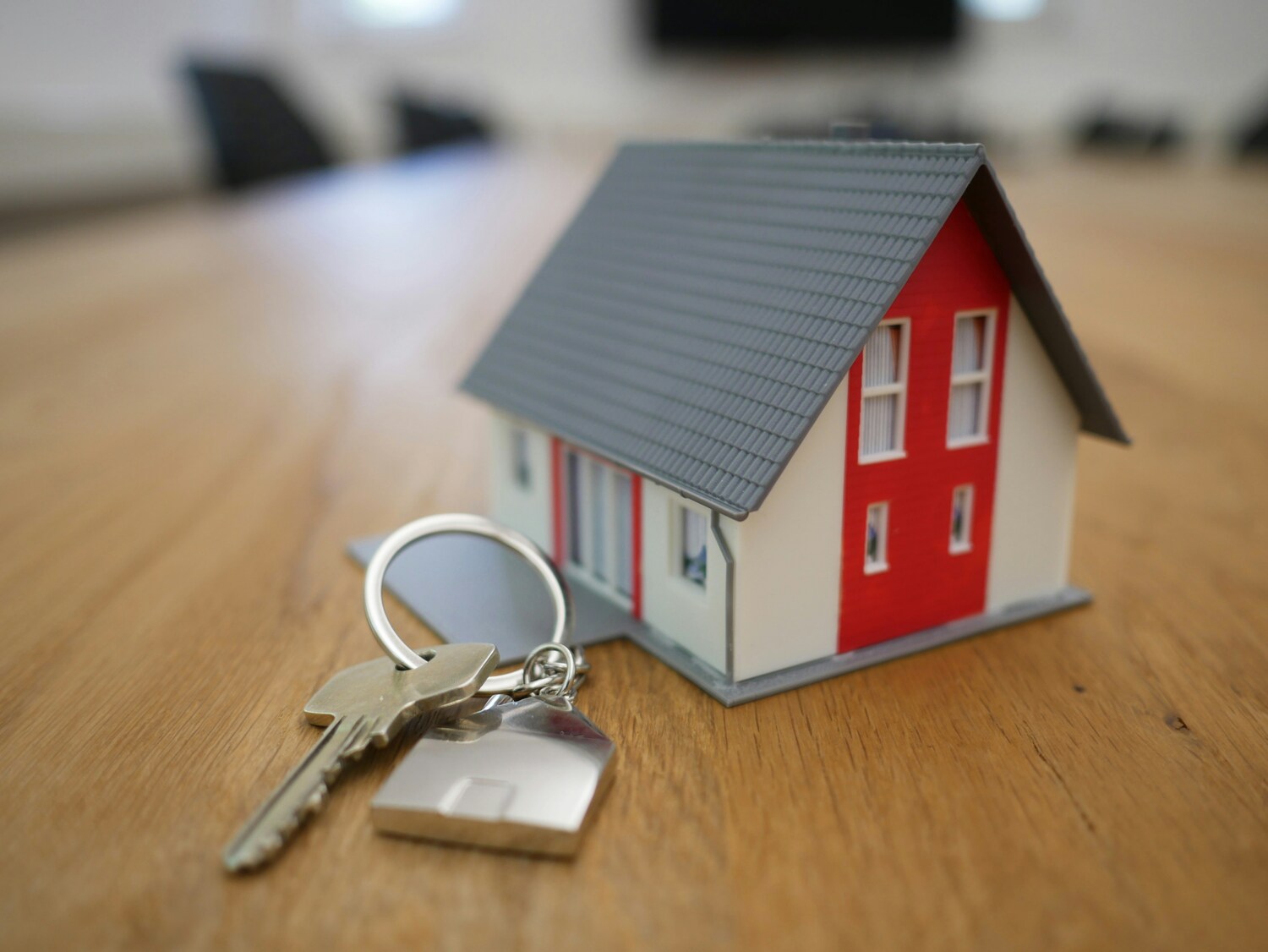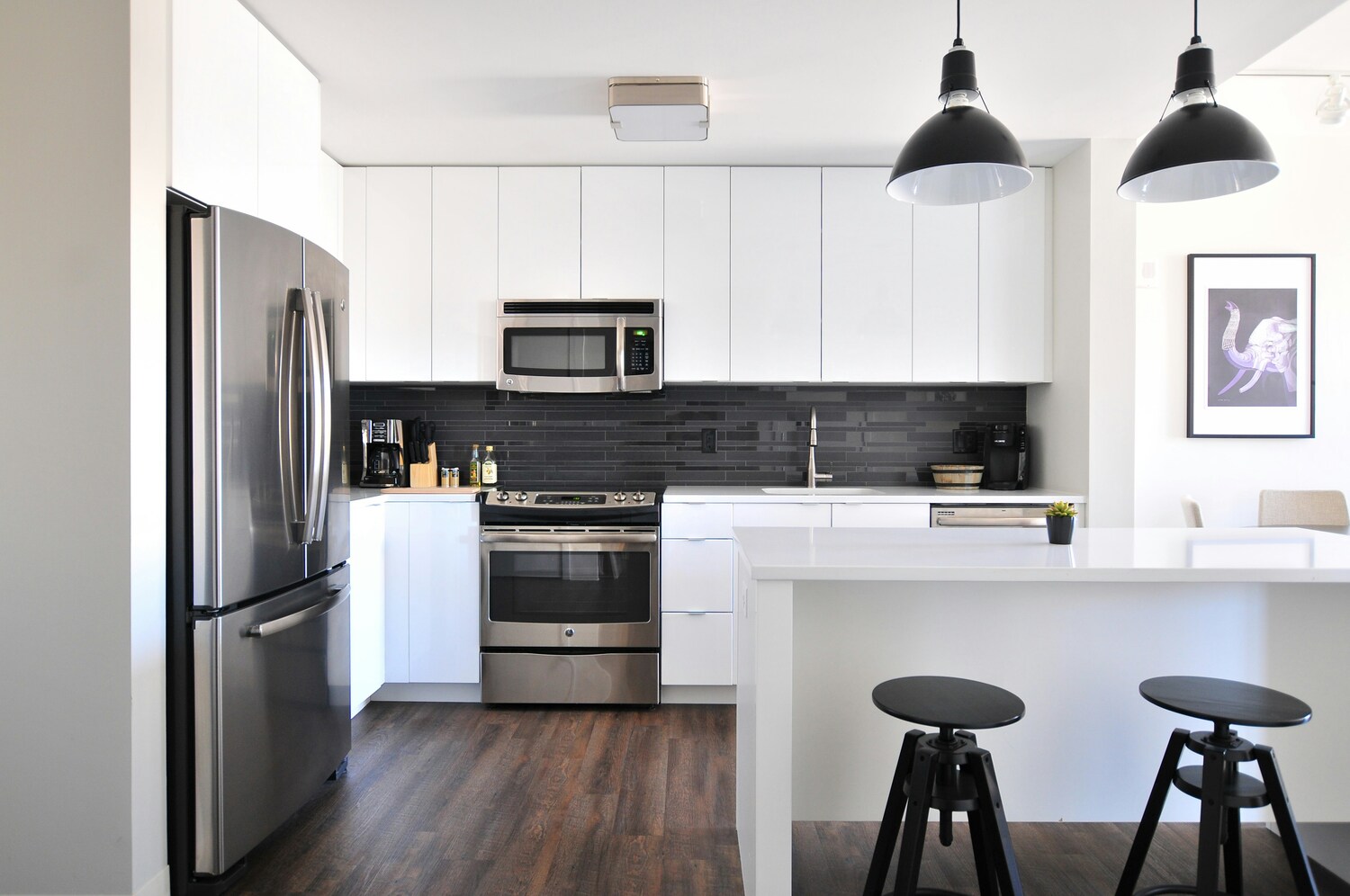
Buying a home is one of life’s biggest milestones. You tour open houses, sign on the dotted line, and finally get the keys to your very own place. But what realtors rarely tell you is that homeownership is a lot like an iceberg—most of the costs are hidden beneath the surface.
The monthly mortgage payment is just the start. From ongoing maintenance to surprise fees and creeping costs, owning a home can quickly become more expensive than you ever expected. And while it’s easy to get caught up in the excitement of granite countertops and fenced-in yards, it’s the long-term financial realities that often catch new homeowners off guard.
If you’re planning to buy or already own, here are 10 hidden costs of homeownership that real estate agents tend not to mention.
10 Hidden Costs of Homeownership That Realtors Avoid Mentioning
1. Property Taxes That Climb Year After Year
Your mortgage lender might give you an estimated property tax when you buy, but those numbers are rarely static. Property taxes are recalculated based on assessments, and as your home (or neighborhood) appreciates in value, your tax bill often goes up with it.
In some areas, a modest increase in property value can lead to thousands more in annual taxes. And while it may feel like your home is gaining equity, the reality is that rising taxes can squeeze your budget, especially if you’re on a fixed income. Realtors may focus on the “current” tax rate, but future hikes are almost guaranteed.
2. Maintenance Costs That Never End
The general rule of thumb is to budget 1–3% of your home’s purchase price annually for maintenance and repairs. That may not sound like much until you realize that on a $400,000 home, you could be spending $4,000–$12,000 per year just to keep things working.
Leaky roofs, cracked driveways, peeling paint, HVAC servicing, clogged gutters—none of it is glamorous, and all of it costs money. And unlike renting, where a call to the landlord fixes the issue, every squeak and drip is now your responsibility.
3. Homeowners’ Insurance With Hidden Gaps
Yes, you’ll need homeowners’ insurance, but not all policies are created equal. Many don’t cover flood damage, earthquakes, or sewer backups, despite these being fairly common issues in certain regions.
And even basic coverage can come with high deductibles and coverage limits that leave you footing part of the bill after a disaster. It’s not until you try to file a claim that you realize what isn’t covered, which makes “cheap” policies potentially very expensive. Always read the fine print. And be ready to buy extra coverage for things your base policy excludes.
4. HOA Fees That Limit Your Freedom
If you’re buying a home in a neighborhood with a Homeowners Association (HOA), expect to pay monthly or quarterly fees for shared amenities and upkeep. But what agents don’t always explain is how restrictive HOAs can be. From the color of your mailbox to whether you can hang holiday lights or build a fence, HOAs have power, and you pay for the privilege of being policed.
HOA dues can also increase with little warning. And if the association needs major repairs or legal funds, you could be hit with a “special assessment” that runs into the thousands.
5. Utility Bills That Surprise You
New homeowners are often shocked by the size of their utility bills. If you’re upsizing from an apartment to a full house, you can expect higher heating, cooling, water, and electric costs.
Larger spaces need more climate control. Older homes may have poor insulation. Leaky faucets, outdated HVAC systems, or drafty windows all contribute to rising costs. And unlike rent, there’s no one-size-fits-all—utility bills vary wildly month to month. Realtors usually talk about square footage, but rarely mention the square footage’s energy demand.

6. Appliance Replacements You Didn’t Budget For
That washer, dryer, fridge, and dishwasher might look new during the home tour, but you have no idea how long they’ve been running. Once you move in, the countdown begins.
Most major appliances last 8–15 years, and they don’t all go out one at a time. Replacing even one can cost hundreds to thousands. If you don’t have a home warranty or if the warranty is riddled with exclusions, you’ll be covering it yourself. And that shiny kitchen you fell in love with? It could turn into a series of surprise costs.
7. Lawn Care, Landscaping, and Snow Removal
Unless you’re buying a condo or townhome where these services are provided (often for a fee), you’ll need to manage your own exterior maintenance. That includes regular mowing, trimming, weed control, mulch, tree care, and seasonal cleanup. In colder climates, add snow shoveling or plowing to the list.
Even if you do it all yourself, there’s equipment to buy and maintain. And if you hire it out, it’s another monthly expense on top of your mortgage.
8. Pest Control and Preventative Treatments
Most homeowners don’t think about termites, ants, or rodents until they’re already a problem. But depending on where you live, regular pest control can become an essential (and costly) routine.
Insects like termites or carpenter ants can cause serious structural damage fast. And critters like raccoons or squirrels can make a mess in attics or crawlspaces. Prevention is key, but it’s also a recurring expense few people plan for. Some infestations aren’t covered by insurance either, leaving you to deal with costly exterminations and repairs alone.
9. Repairs From Things You Didn’t Even Know Could Break
A home is a complex system of plumbing, wiring, roofing, insulation, ventilation, and structure, and it all has a shelf life. Sewer lines can collapse. Foundations can shift. Water heaters can burst at 2 AM.
Some of these issues are rare, but when they happen, they’re expensive. And because they’re unexpected, they often hit hardest when you’re least prepared. Realtors may say a house has “good bones,” but even good bones crack with time and stress.
10. Depreciation From Neglected Upkeep
Perhaps the most overlooked cost is what happens when you don’t spend money on maintenance: your home loses value.
Buyers notice chipped paint, sagging gutters, and aging windows. Skipping upkeep now can cost you tens of thousands in lost resale value later. Not to mention, small issues ignored today tend to turn into larger, costlier repairs down the road. The cost of ownership isn’t just about fixing what breaks. It’s about preserving what works.
Owning a Home Is Rewarding, But Not Cheap
Homeownership is a source of pride, stability, and long-term investment, but it’s not a financial free ride. While agents and mortgage lenders may present the purchase as a monthly payment and a little more, the real costs start after you move in.
Understanding these hidden expenses can help you budget more wisely, avoid financial stress, and preserve the long-term value of your property. Being a smart homeowner doesn’t just mean buying the right house. It means planning for the real cost of keeping it.
Have you been hit with a surprise homeownership cost you didn’t see coming? What would you tell a first-time buyer to watch out for?
Read More:
What If Your Dream Home Was Built on a Lie?
Why Are So Many Millennials Skipping Homeownership Altogether?







